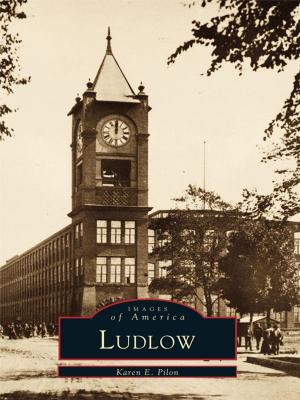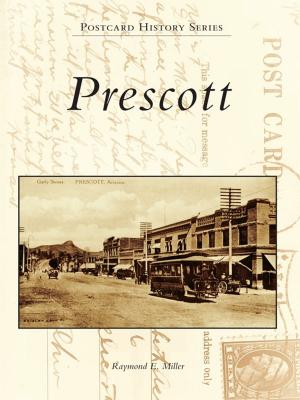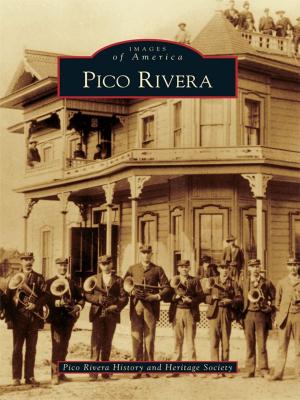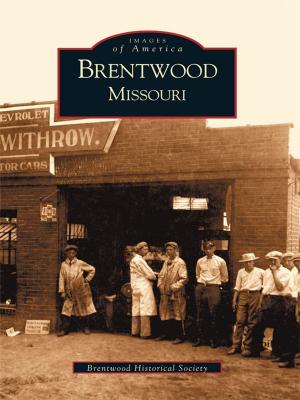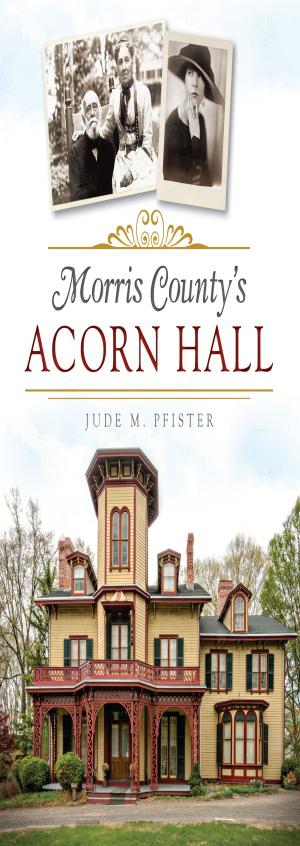Malden
Nonfiction, Home & Garden, Antiques & Collectibles, Postcards, Art & Architecture, Photography, Pictorials, Travel, History| Author: | Malden Historical Society | ISBN: | 9781439652060 |
| Publisher: | Arcadia Publishing Inc. | Publication: | June 22, 2015 |
| Imprint: | Arcadia Publishing | Language: | English |
| Author: | Malden Historical Society |
| ISBN: | 9781439652060 |
| Publisher: | Arcadia Publishing Inc. |
| Publication: | June 22, 2015 |
| Imprint: | Arcadia Publishing |
| Language: | English |
By the turn of the 20th century, Malden had become a fairly large city and was home to wealthy families, immigrants, and workers. Farms disappeared as factories and businesses of all types and sizes grew. Elisha Converse, the city's first mayor and founder of the Boston Rubber Shoe Company, left his mark on Malden by funding a public library and hospital and designating land for development of Pine Banks Park. A vibrant downtown emerged at the intersection of two colonial roads. It became a regional center of shopping and commerce as well as a hub for transportation by train, trolley, or automobile. The early 1900s were marked by the construction of grand residences, business buildings, numerous parks and churches, and many schools. However, by mid-century, many of these institutions had undergone great change, if they had not entirely disappeared.
By the turn of the 20th century, Malden had become a fairly large city and was home to wealthy families, immigrants, and workers. Farms disappeared as factories and businesses of all types and sizes grew. Elisha Converse, the city's first mayor and founder of the Boston Rubber Shoe Company, left his mark on Malden by funding a public library and hospital and designating land for development of Pine Banks Park. A vibrant downtown emerged at the intersection of two colonial roads. It became a regional center of shopping and commerce as well as a hub for transportation by train, trolley, or automobile. The early 1900s were marked by the construction of grand residences, business buildings, numerous parks and churches, and many schools. However, by mid-century, many of these institutions had undergone great change, if they had not entirely disappeared.


